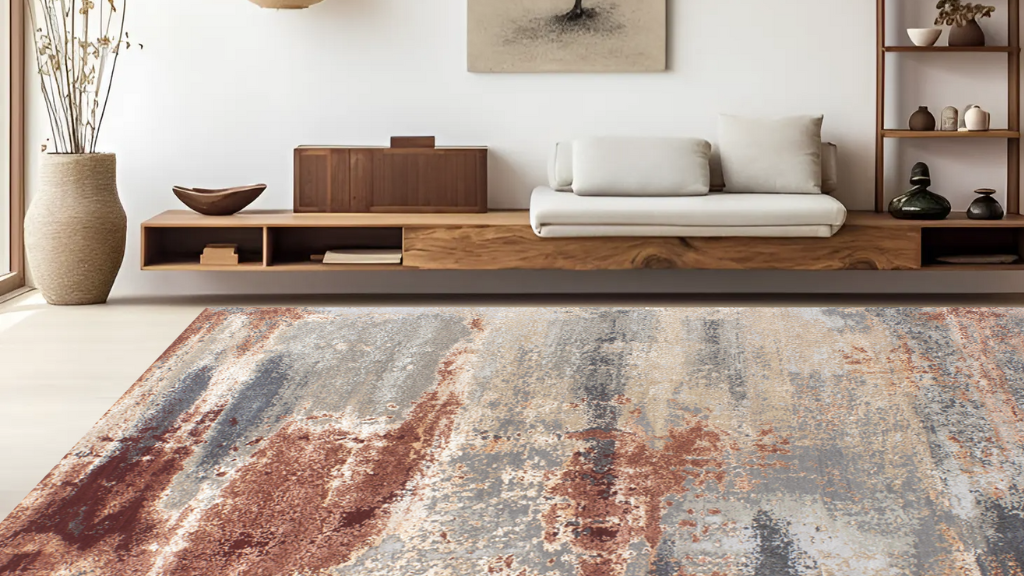Rugs have been a staple of home decor for centuries, serving as a testament to cultural heritage and artisanal craftsmanship. Today, the modern rug stands at the intersection of tradition and contemporary design, weaving together the threads of history with the sleek aesthetics of the modern era. This blog post will explore how the modern rug harmonizes these two worlds, creating pieces that are both timeless and timely.
The Historical Tapestry of Rugs
Rugs have long been more than just floor coverings; they are canvases that tell stories, depict landscapes, and showcase the artistry of weavers. From the intricate Persian carpets to the bold geometric patterns of Southwestern Native American textiles, rugs reflect the societies from which they originate. They carry with them the legacy of generations of weavers who have passed down their techniques and patterns.
Contemporary Design Meets Traditional Craft
In the modern rugs, one can see a blend of age-old techniques with new-age design sensibilities. Designers and artisans collaborate to create pieces that respect the past while embracing the present. This fusion is evident in the use of traditional weaving methods to produce patterns that fit seamlessly into contemporary interiors.
Materials and Sustainability
The choice of materials in modern rug-making also reflects a blend of old and new. While traditional rugs often feature wool, cotton, or silk, contemporary designs incorporate sustainable and unconventional materials. Recycled plastics, eco-friendly dyes, and renewable fibres like bamboo and jute are becoming increasingly popular, aligning with a growing consciousness about environmental impact.
Technological Advancements in Rug Making
Technology has revolutionized the rug-making process without compromising the integrity of traditional craftsmanship. Computer-aided design (CAD) allows for precise patterns and colour schemes, while innovations in loom technology enable more intricate designs. These advancements have opened up new possibilities for customization, allowing consumers to have a hand in the design of their rugs.
The Role of Color and Pattern
Color and pattern play pivotal roles in the modern rug. While traditional rugs often feature-rich, deep hues and complex patterns, contemporary designs tend to lean towards minimalism and simplicity. However, this doesn’t mean they lack vibrancy or complexity. Modern rugs often use colour blocking, abstract designs, and even playful motifs to make a statement.
Cultural Fusion in Rug Designs
Today’s globalized world has led to a cross-pollination of cultural designs in rugs. It’s not uncommon to find a Scandinavian-inspired pattern made using Middle Eastern weaving techniques, or an African motif rendered in South American colours. This cultural fusion is a hallmark of the modern rug, celebrating diversity and global artistry.
Rugs as a Focal Point
In modern interior design, rugs often serve as the focal point of a room. They anchor the space and can dictate the colour palette and mood. A bold, graphic rug can add drama to a minimalist space, while a subdued, textured rug can bring warmth and complexity to a room.
The Emotional Connection
Despite the modern twists, rugs still hold an emotional connection. They are not just decor items but pieces that evoke memories and stories. A rug might be chosen for its resemblance to a cherished heirloom or for the way its pattern sparks a sense of nostalgia. This emotional dimension is what makes the modern rug more than just a furnishing—it’s a piece of art.
Conclusion
The modern rugs are a testament to the enduring relevance of traditional craftsmanship in our contemporary world. It represents a dialogue between the past and the present, a marriage of heritage and innovation. As we move forward, the modern rug will continue to evolve, reflecting the changing tastes and values of society. Yet, at its core, it will always be a tribute to the human desire to create beauty and meaning in our surroundings.

